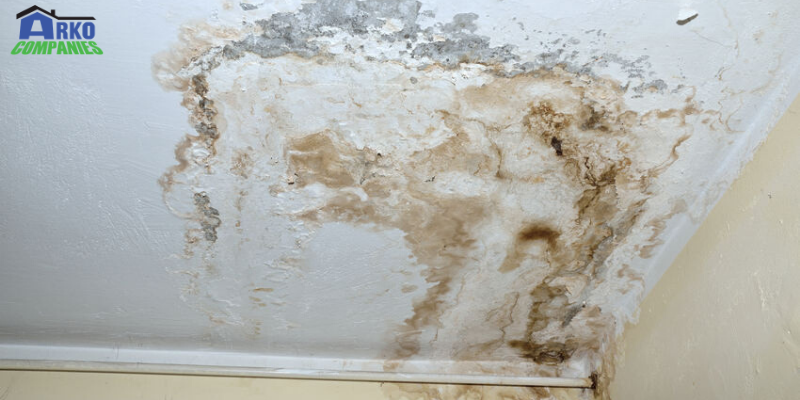When buying a new house, buyers don’t want one that’s got a mold issue. Home owners should either do things the right way the first time to prevent mold from forming, or they should clean up any mold formation they do encounter in their home, quickly and efficiently. What are some things to consider about mold remediation?
Stage 1: Learn about moisture
Surveying mold development includes something other than seeing what’s naturally developing on the walls or in the corners. Mold can be impossibly forceful, growing intensely behind and around your first observation post. Such wicked conduct requires you to learn about moisture and what it’s capable of doing in your home.
To begin with, realize that behind all mold development is a water or dampness issue. Second, know where dampness originates from and how it gets into the home.
Stage 2: Document the mold issue and make a remediation plan
Before you start remediation, archive the mold happening with writing, photographs and videos. The guarantees team head will utilize the documentation to build up a remediation plan, which normally addresses instances like when work is scheduled to start, when that work is planned to be finished, who will perform the remediation, any testing that ought to be done, and if property holders will be incidentally moved. In the long run, the documentation can help oversee liability arising for yourself/organization.
Stage 3: Calculate the degree of decay
Mold may not generally develop in one zone, so you have to make sense of how much decay you’re truly taking a shot at. Figuring the degree of the pollution will affect how you approach mold evacuation and tidy it up. The objective of mold remediation is to tidy up mold developing inside the home, and to abstain from having homeowners exposed to a lot of mold which could affect their health for the worse.
Stage 4: Remediate mold pollution
Remediation will consistently include tidying up existing mold while avoiding exposure to oneself and homeowners… as well as forestalling new growth by tending to the source of dampness. Isolating the contamination area is a prerequisite for level 1and level 2 mold formation. This is affected by closing all doors and windows between the targeted area and other rooms of the home.

